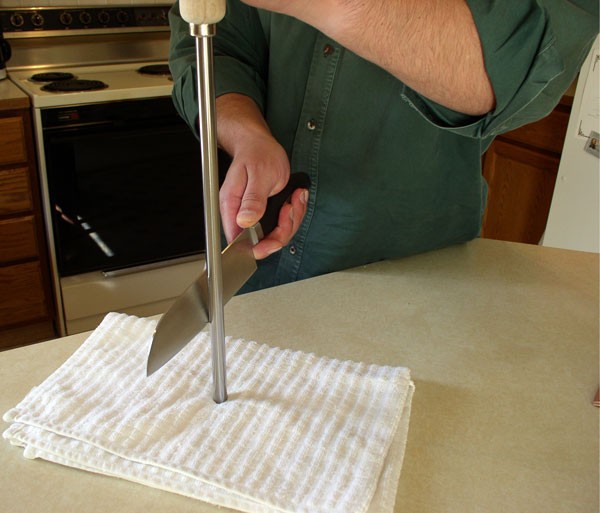Sharpen Your Bets with the Sharpe Ratio
Post on: 10 Май, 2015 No Comment

Have you ever wondered how you could determine the appropriate level of risk to reward? Are corporate bonds really that much better than Treasuries, or is the level of safety in US Treasuries worth the reduction in the yield?
The best traders are those who can best understand the intimate connection of risk and reward, and the sharpe ratio makes understanding the relationship that much easier.
The Sharpe Ratio
In mathematical terms, the Sharpe Ratio is described as S(x)=Rx-Rf/StdDev(x). X is the investment, Rx is the average rate of return for the investment defined as X, Rf is the best rate of return from assets described as risk free (Treasuries, for example), and the StdDev is the standard deviation in the returns of X.
We should start and end by breaking down the pieces of the Sharpe Ratio.
RX Measuring Returns
When inputting data to the Sharpe Ratio, it is important to keep the returns standardized by a period of time. This amount of time, whether it be years, months, or even days, should remain consistent for both the Rx and Rf yields, as well as your trading time frame. You wouldn’t compare the returns of T-bills yesterday to stock indexes if you planned to hold an index for years, would you? Rf — Risk Free Returns The whole goal of the Sharpe Ratio is to determine at what price it is mathematically advantageous to assume more risk. Thus, all assets have to be compared to a safe, risk-free investment, generally considered to be a Treasury bond or bill with a maturity date equal to your investment horizon. Thus, if you plan to hold a position for a month, then compare to T-bills. If you plan to hold for ten years, compare to bonds.
Also important is the type of security in which you’d like to invest. Sharpe Ratio adherents who are pondering an investment in an inflation protected annuity, for example, might want to compare the risk to reward of the annuity versus a treasury inflation-protected security rather than a normal t-bill or bond.
StdDev Keeping Risk in Check
The StdDev number is what divides average investors from salaried risk management professionals. This is the key to making the whole Sharpe Ratio work: describing the volatility in the asset and the risk in holding. In unleveraged securities, the StdDev of the Sharpe Ratio isn’t nearly as important, since a simple bell curve will likely reflect returns that smooth out big market moves in the long run.
Risk Adjusted Basis
The name of the game is finding good investments on a risk adjusted basis, or simply finding where you can maximize returns while limiting relative risks. The Sharpe Ratio is not perfect, since it uses past returns to look into the future, but it does give a very standardized glimpse into how to weigh and measure risk and reward, and which investments, at least in theory, make the most sense.














